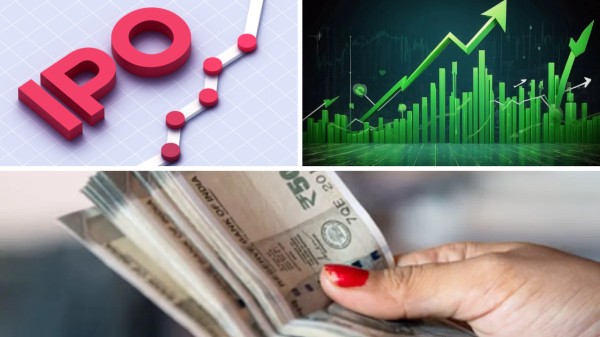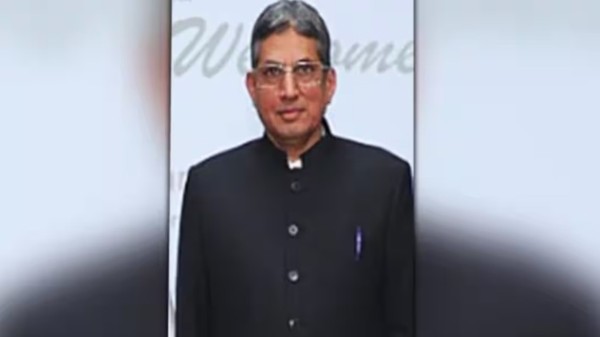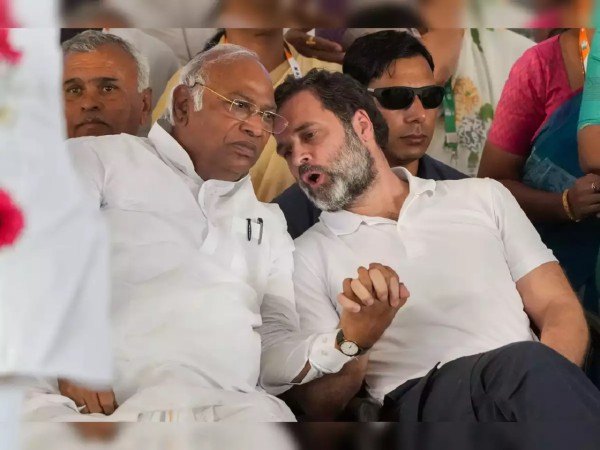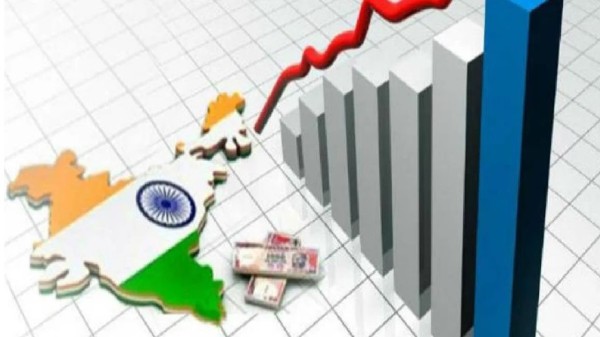

By signing in or creating an account, you agree with Associated Broadcasting Company's Terms & Conditions and Privacy Policy.


By signing in or creating an account, you agree with Associated Broadcasting Company's Terms & Conditions and Privacy Policy.

Kolkata: Indian investors are flocking to gold and silver ETFs like never before. Data suggest that in the period between April and June (Q1 of FY26), gold ETFs attracted an inflow of Rs 2,367 crore while silver ETFs have attracted inflow of Rs 3,925 crore. Amid this rising investor enthusiasm, capital markets regulator Sebi (Securities and Exchange Board of India) has floated a consultation paper that suggests the method of valuation of these ETFs are radically altered.
The proposed changes will be based on the prices in the domestic markets, which will be a sharp departure from the current practice that involves a complex method of pricing them based on the price of the two metals in the global markets. Sebi has invited public comments on the matter by August 6, 2025.
The method that is now followed to evaluate ETFs in gold and silver is quite cumbersome. As a benchmark, it uses the LBMA (London Bullion Market Association) price in US dollars. This price is converted into Indian rupees. Then a lot of elements are factored in such as customs duty, domestic taxes and variable premiums and/or discounts which are applicable to the Indian markets. According to Sebi so many layers has created a situation where AMCs employ different sources for making price adjustments. This eventually leads to a lack of uniformity in valuations.
In order to make the calculations simple and standardised, the market regulator has proposed that instead of LBMA prices, spot prices for the two precious metals should be used. These prices could be sourced from commodity exchanges such as MCX. These prices are obtained form an expert panel of domestic importers, traders and jewelers and signal existing supply and demand in the county.
“Presently, different asset management companies (AMC) use different sources of domestic benchmark to apply necessary premium/ discount, which leads to non-uniformity of the valuation practice for gold and silver across the MF industry. Further, in the absence of any regulatory direction, AMCs use their discretion to apply premium/ discount resulting in differences in valuation of gold/ silver," Sebi mentioned in its consultation paper.
"In view of the various steps currently involved in the determination of the final valuation of gold / silver in the gold and silver ETFs, there may be merit in using the polled spot prices published by the domestic exchanges, instead of the LBMA price, as the reference. This change may aid in doing away with subjective adjustment of the premium/ discount, as these spot prices are polled from the domestic participants and are reflective of the domestic demand and supply," it added.
"It is therefore proposed that instead of using LBMA price as a starting point for valuation, it may be mandated that AMCs directly use the spot prices published by the domestic commodity exchanges to value the gold / silver. This will aid in reduction in duplication of efforts and also represent the market prices of gold and silver as per the domestic demand and supply scenarios," stated the SEBI paper.
After the Sebi's paper was floated, Surendra Mehta, national secretary at the India Bullion and Jewellers Association (IBJA), told the media that LBMA prices should continue to form the basis of ETF pricing. His logic: “Commodity exchange spot polling prices of gold and silver are declared at 4.30 pm daily only once in a day. Since the gold and silver market are internationally traded commodities and this market remains open 23 hrs a day, calculating gold and silver price based on particular Indian time can lead to a huge gap between international price and domestic spot price polled by exchange," Mehta remarked and argued that LBMA data should be used for ETF valuation.
(Disclaimer: (Disclaimer: This article is only meant to provide information. TV9 does not recommend buying or selling shares or subscriptions of any IPO, Mutual Funds, precious metals, commodity, REITs, INVITs, any form of alternative investment instruments and crypto assets.))












